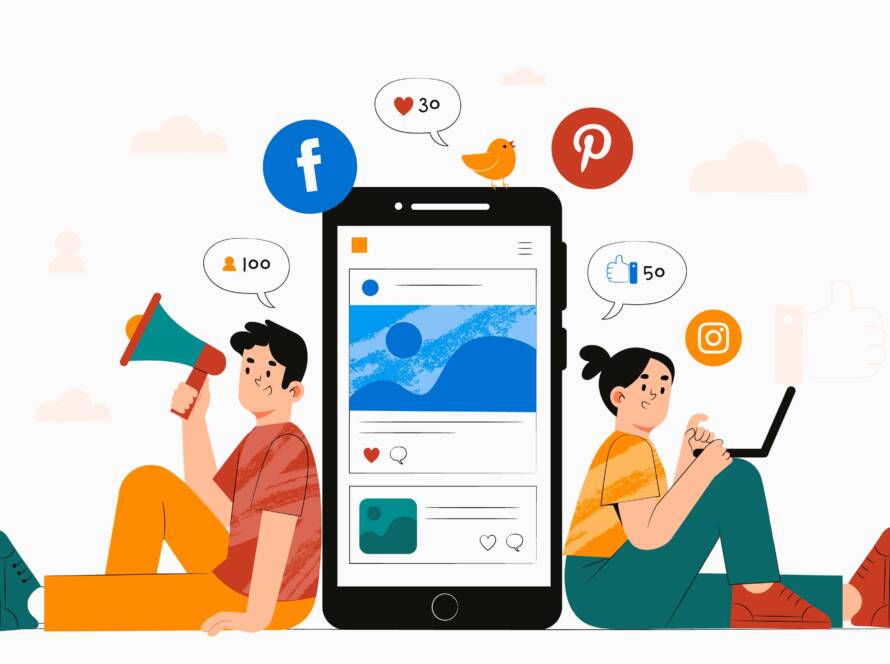Understanding the Different Types of Digital Advertising Platforms
Understanding the various types of digital advertising platforms is crucial for creating a marketing strategy that aligns with your business goals and effectively reaches your target audience. Here’s an overview of the main types of digital advertising platforms:
1. Search Engine Advertising
- Platform Examples: Google Ads (formerly Google AdWords), Bing Ads, Yahoo Gemini.
- Description: Search engine advertising involves placing ads on search engine results pages (SERPs) based on specific keywords or search queries. These ads appear at the top or bottom of the search results, making them highly visible to users actively looking for related products or services.
- Benefits: This method is highly targeted, reaching users who are already interested in what you offer. The pay-per-click (PPC) pricing model allows you to control your budget effectively, paying only when someone clicks on your ad. Additionally, search engine ads provide measurable results, enabling precise ROI tracking.
2. Social Media Advertising
- Platform Examples: Facebook Ads, Instagram Ads, Twitter Ads, LinkedIn Ads, Pinterest Ads, Snapchat Ads.
- Description: Social media advertising involves creating ads that appear within the feeds, stories, or sponsored content sections of social media platforms. These ads can be highly targeted based on user demographics, interests, behaviors, and social connections.
- Benefits: Social media platforms offer extensive targeting options, enabling precise audience segmentation and ad personalization. The visual and interactive nature of these ads helps boost engagement and brand awareness. Moreover, social media advertising provides in-depth analytics, offering insights into audience behavior, engagement rates, and overall ad performance.
3. Display Advertising
- Platform Examples: Google Display Network, Display & Video 360, Programmatic Display Advertising Platforms.
- Description: Display advertising involves placing visual ads, such as banners, images, or videos, on various websites, blogs, or mobile apps. These ads are shown to users based on specific targeting criteria or as part of programmatic ad placements.
- Benefits: Display ads have a broad reach, appearing across a wide network of websites and apps, which increases brand exposure to diverse audiences. Advanced targeting options allow advertisers to segment their audience by interests, behaviors, and demographics. Additionally, dynamic ad formats and retargeting capabilities enhance user engagement and conversion rates.
4. Video Advertising
- Platform Examples: YouTube Ads, Facebook Video Ads, Instagram Video Ads, LinkedIn Video Ads, Twitter Video Ads.
- Description: Video advertising entails placing video ads before, during, or after online video content on platforms like YouTube and social media channels. These ads can be in various formats, including skippable, non-skippable, or in-feed videos.
- Benefits: Video ads are highly engaging, using captivating visuals and storytelling to boost brand awareness. Targeted placements ensure that your ads reach the right audience based on their interests, demographics, and viewing habits. Video ads also provide detailed performance metrics, such as views, watch time, and engagement rates, allowing for effective campaign optimization.
5. Native Advertising
- Platform Examples: Outbrain, Taboola, Native Ad Platforms on Social Media.
- Description: Native advertising involves placing sponsored content that matches the look and feel of the surrounding content on websites, blogs, or social media platforms. These ads often appear as recommended articles, videos, or product suggestions, blending seamlessly with the user’s browsing experience.
- Benefits: Native ads are less intrusive and more likely to be accepted by users since they integrate smoothly into the user experience. Contextual targeting ensures that these ads are relevant to the audience, increasing engagement and resonance. Native advertising also offers valuable metrics, such as clicks, engagement rates, and conversions, helping marketers measure the effectiveness of their campaigns.
6. Email Marketing
- Platform Examples: Email Service Providers (ESPs) like Mailchimp, Constant Contact, Campaign Monitor.
- Description: Email marketing involves sending promotional messages or newsletters directly to a list of subscribers via email. These emails can contain text, images, or interactive content and are tailored to engage users directly in their inboxes.
- Benefits: Email marketing allows for direct and personalized communication with your audience. Marketers can use automation tools to segment their audience, schedule campaigns, and track performance. Key metrics such as open rates, click-through rates, and conversion rates provide insights into the effectiveness of your email campaigns, helping to refine your strategies for better results.
Conclusion
Understanding the different types of digital advertising platforms is key to crafting a marketing strategy that effectively reaches your target audience and achieves your business objectives. By leveraging the strengths of each platform and optimizing your campaigns based on performance data, you can maximize the impact of your digital advertising efforts in today’s competitive landscape. Selecting the right mix of platforms and continuously refining your approach will help you drive engagement, build brand awareness, and achieve your marketing goals.




